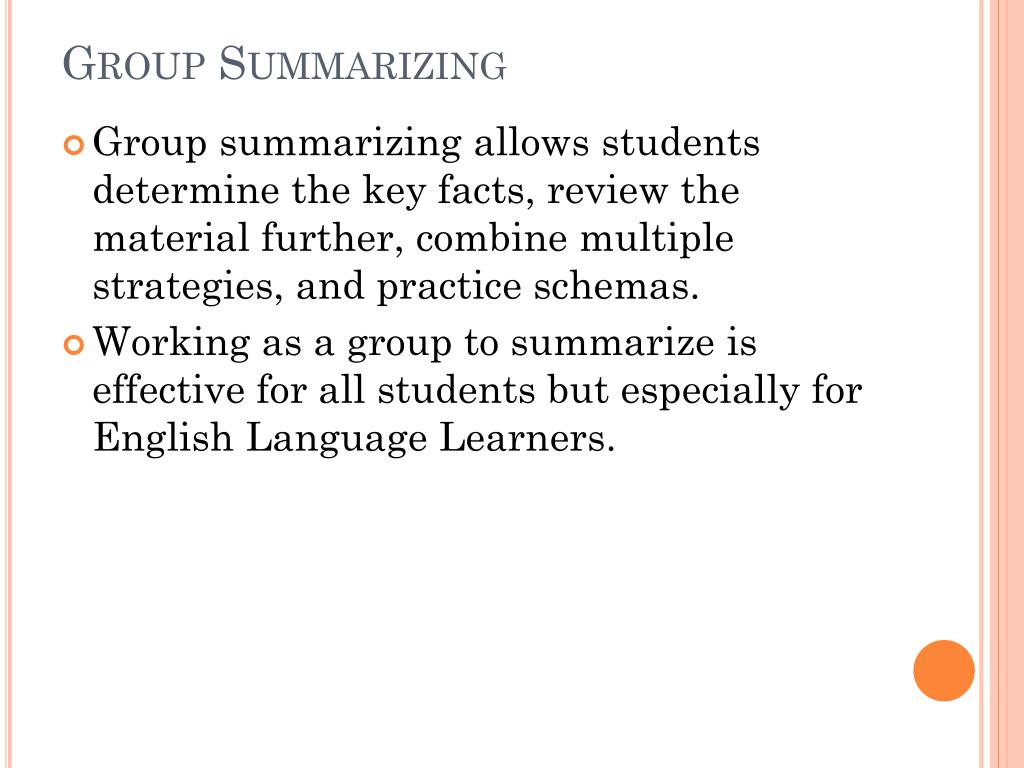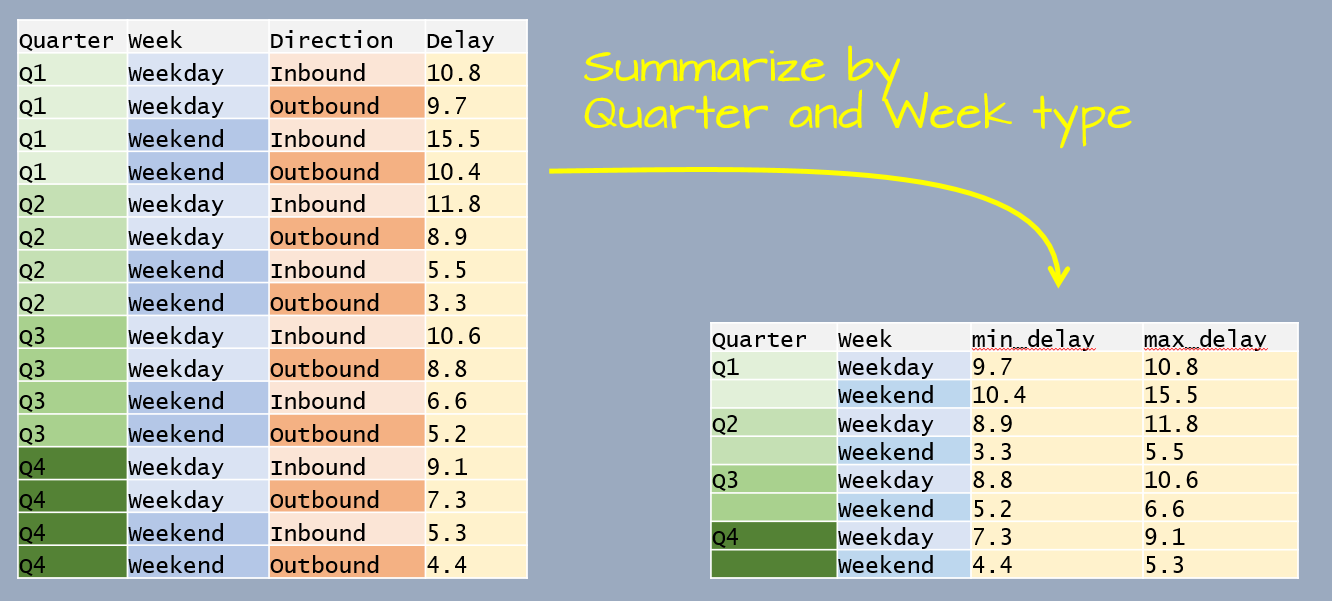

PlotXTabs2(mydata) creates a graph with a different look, and some statistical summaries (second graph at left). This code returns bar graphs of the data (first graph below): library(CGPfunctions) PlotXTabs(mydata) Screen shot by Sharon Machlis, IDG The package has two functions of interest for examining crosstabs: PlotXTabs() and PlotXTabs2().
#DPLYR SUMMARIZE MEAN BY GROUP INSTALL#
Install it from CRAN with the usual install.packages("CGPfunctions"). The CGPfunctions package is worth a look for some quick and easy ways to visualize crosstab data. This code returns a list with one data frame for each third-level choice: $No However, it gets a little harder to visually compare results in more than two levels this way. tabyl(mydata, Gender, LanguageGroup, Hobbyist) %>% adorn_percentages("col") %>% adorn_pct_formatting(digits = 1) If you want to add a third variable, such as Hobbyist, that’s easy too. To see percents by row, add adorn_percentages("row"). tabyl(mydata, Gender, LanguageGroup) %>% adorn_percentages("col") %>% adorn_pct_formatting(digits = 1) Gender Both Neither Python R You can then pipe those results into a formatting function such as adorn_pct_formatting(). If you want to see percents for each column instead of raw totals, add adorn_percentages("col").

What’s nice about tabyl() is it’s very easy to generate percents, too.

The first column name you add to a tabyl() argument becomes the row, and the second one the column. The basic tabyl() function returns a data frame with counts. So, what’s the gender breakdown within each language group? For this type of reporting in a data frame, one of my go-to tools is the janitor package’s tabyl() function. I filtered the raw data to make the crosstabs more manageable, including removing missing values and taking the two largest genders only, Man and Woman. $ LanguageGroup : chr "Python" "Python" "Neither" "Python". $ LanguageWorkedWith: chr "HTML/CSS Java JavaScript Python" "C++ HTML/CSS Python" "HTML/CSS" "C C++ C# Python SQL". The data has one row for each survey response, and the four columns are all characters.
#DPLYR SUMMARIZE MEAN BY GROUP HOW TO#
If you’d like to follow along, the last page of this article has instructions on how to download and wrangle the data to get the same data set I’m using.


 0 kommentar(er)
0 kommentar(er)
